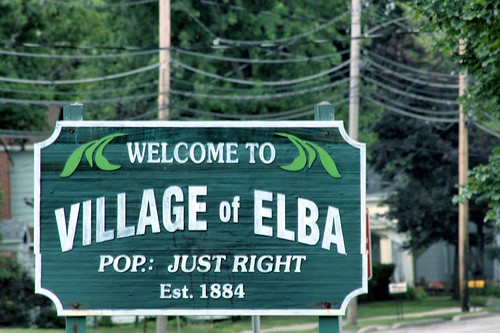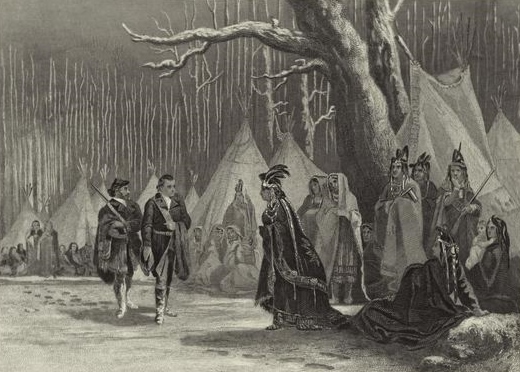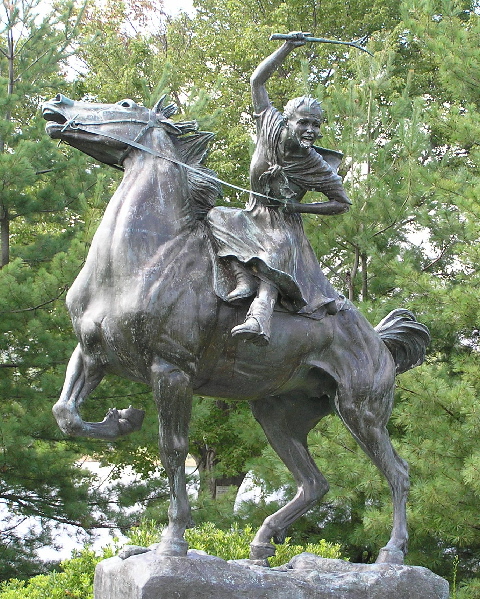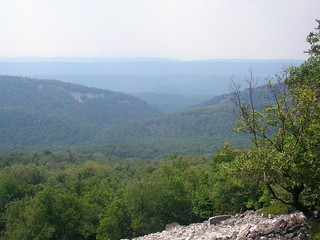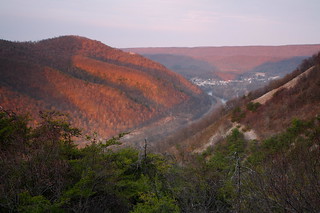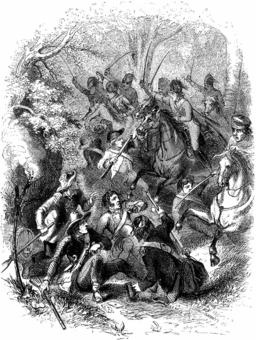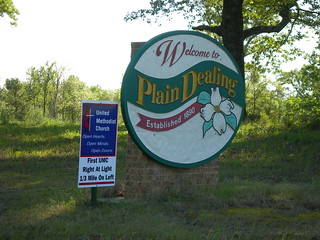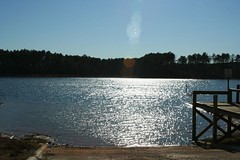Founding of Hopkinsville
Hopkinsville, located in Southwest Kentucky, is a city of over 32,000 residents. Settled in 1796, and officially founded in 1804, Hopkinsville offers a rich history and rich historical sites for visitors to experience. The city's first settlers were Bartholomew Wood and his wife Martha after they received 1,200 acres of land as 'reward' for his service during the Revolutionary War. Once Christian County was officially founded later that year, Bartholomew and Martha donated five acres to the newly-formed county government. |
| By Bedford at en.wikipedia ( Own work Transferred from en.wikipedia) [Public domain], via Wikimedia Commons |
Points of Interest in Hopkinsville
Though not exhaustive, here are some of the points of interests and places to see in and around Hopkinsville, Kentucky.Visit the official websites of each attraction for more information.
Charles Jackson Circus Museum
A collection of circus memorabilia, including items from Ringling Bros and Barnum and Bailey.
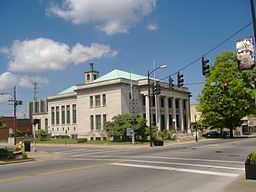 |
| By Bedford at en.wikipedia (Own work Transferred from en.wikipedia) [Public domain], via Wikimedia Commons |
Learn about Edgar Cayce (born in Hopkinsville), military heroes and local African-American history.
Woody Winfree Fire-Transportation Museum
See a collection of classic cars, buggies, an antique fire truck and more.
Don F. Pratt Memorial Museum
As a part of Fort Campbell, this museum features the history of the 101st Airborne's "Screaming Eagles" and their missions during wartime, from World War II up to Operation Desert Storm. Also displayed are military equipment, aircraft, and monuments.
Bramble & Bee Farm
Bramble & Bee Farm offers raw honey, jams and jellies, canned goods, and organic produce for sale at local shops and the local farmer's market. They also offer many products produced from honey and beeswax.
Copper Canyon Ranch
Copper Canyon is an attraction designed to look like an Old West town. Open for picnics, field trips, public visits. Seasonal events, such as their "Haunted Ghost Town" around Halloween, are open for all.
MB Roland Distillery
A Small-scale distillery that offers free tours for visitors offering taste-testing and the purchasing of their products. They produce rums, whiskeys, "True Kentucky Shine", and other alcoholic beverages.
Tie Breaker Family Aquatic Center
The Tie Breaker Family Aquatic Center is a water park that features Ripple River, a slow-moving 'river' for visitors to float down, The Splash Zone (a playground with small water slides and other equipment), and larger slides, Riptide Express, and Hurricane Alley. Also available are poolside concession stands.
Pennyroyal Scuba Blue Springs Resort
An old quarry, turned into a dive site, with water depths ranging from 5 feet to 130 feet. Scuba diving experiences are available for the beginner to the experienced divers. There are over 40 'sunken treasure' locations for divers to explore. Also available are equipment rentals, tank refills, diving classes and a service department at the dive shop.
Pennyrile Forest State Resort Park
A state park with plentiful woods surrounding it, lodging and cabins for rent, camping sites, natural trails, fishing areas on Pennyrile Lake, swimming picnic shelters, nature trails and more.
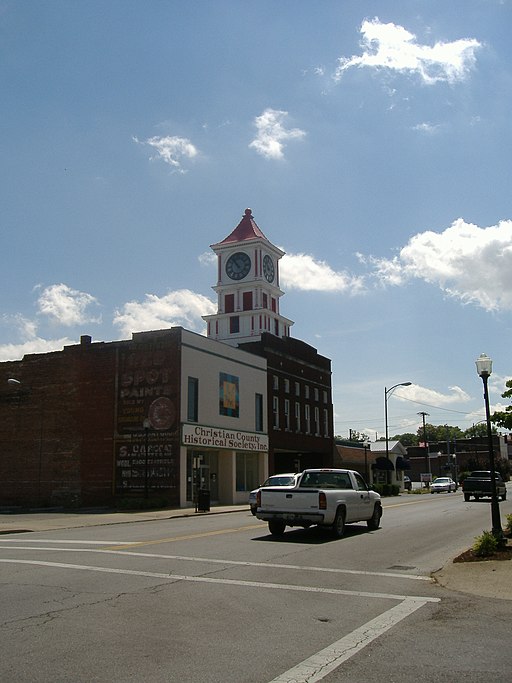 |
| By Bedford at en.wikipedia (Own workTransferred from en.wikipedia) [Public domain], via Wikimedia Commons |














